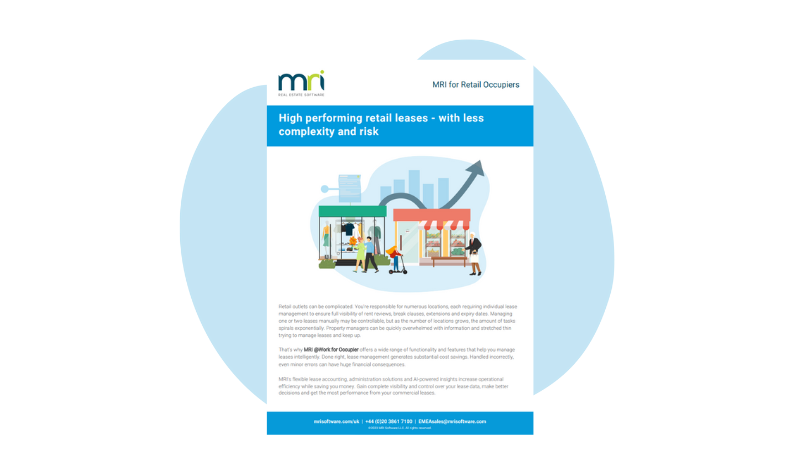Using CAFM software to reduce your real estate costs – the 15 key questions you should be asking
The COVID-19 pandemic has created uncertainty in nearly every aspect of our lives. But, for those managing real estate, your CAFM (computer aided facility management) software can help provide some clarity. Now more than ever, it’s imperative that your company has accurate, real-time information about costs, space requirements, remote workers, and asset management.
Think about costs – property and facilities management are an organization’s second-biggest expenditure after its people. During times of flux, it’s essential to have a deep understanding of what these costs are. Likewise, whether expanding or contracting in space and/or personnel, you need to know exactly what space is available and needed. You should also know the location of your assets, whether these are assigned to a person or not, and be able to quickly run an inventory report.
To help you tackle the immediate impacts of the pandemic and to plan further ahead, here are 15 key questions you should be asking:
- If 40% of our employees are remote working for an extended period, how does that impact our real estate costs?
- How will our portfolio look when our employees return?
- Are we able to temporarily shut down some of our facilities to reduce costs?
- What is our company’s standard RSF (Rentable Square Footage)/person?
- What is our company’s RSF/capacity?
- If we have to shed space now, where can we increase occupancy in the future?
- What floors can we shut down to reduce costs?
- Where are the opportunities for restacks?
- What spaces can be doubled up?
- What spaces can be used as workrooms?
- Is the shift to remote working reducing the need for work, meeting, cafeteria, amenity and other support spaces?
- Are we utilizing or considering flexible workspaces?
- Where are our assets located?
- Are remote workers taking their office and mobile devices home?
- What assets are employees responsible for?
Your CAFM solution can help you answer these. The data-driven metrics generated provide you with a deeper understanding of your portfolio utilization, vacancy, occupancy, department allocations, asset management, and personnel management – and should allow you to report to senior leadership in minutes, not days.
Relational databases, such as CAFM systems, can also bring disparate information together into one centralized location. Employee data, asset data, and space information can all be integrated together. When one set of data is updated, all of the associated data is updated too. For example, if an employee moves, all of their assets are moved with them automatically. The space allocation chargebacks are updated, as is occupancy/vacancy information, all without even having to log into the system. These efficiencies free up your facilities teams so they can focus on the most pressing issues and deadlines.
Additionally, Software as a Service, or SaaS, provides a centralized solution for managing your facilities without you having to take on backups, redundancies, or servers – the provider does that for you. And the best part is your employees can access the system anywhere, anytime, whether working remotely or in the office, or visiting another building off site.
Our clients have relied on our solutions to help them in times of uncertainty for more than 20 years. This might be the greatest challenge we’ve all faced in that period, but we are here to help and advise you in any way we can. If you feel there are aspects of your CAFM solution (or any of the applications you use) that can help you address essential processes at this time, or could inform your ongoing strategic approach, then please leverage our experience and expertise. Our team is ready to support you!
High performing retail leases – with less complexity and risk
Retail outlets can be complicated. You’re responsible for numerous locations, each requiring individual lease management to ensure full visibility of rent reviews, break clauses, extensions and expiry dates. Managing one or two leases manually …
